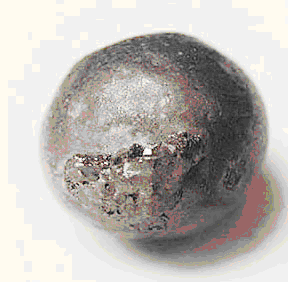Alkaline Earth Metals

Every group of metallic elements, like calcium, strontium, magnesium, and barium, generally including beryllium and radium is known to be alkaline earth metals. These alkaline earth metals are a series of elements consisting Group 2 (IUPAC style) (Group IIA) of the periodic table: beryllium (Be), magnesium (Mg), calcium (Ca), strontium (Sr), barium (Ba) and radium (Ra). This specific group in the periodic table owes its name to their oxides that simply give basic alkaline solutions.
Alkaline earth metals melt at such high temperature that they remain solids ("earths") in fires. Also these metals provide a good example of group trends in properties in the periodic table, with well-characterized homologous behavior down the group. With the exclusion of Be and Mg, the metals have a distinguishable flame color, orange-red for Ca, magenta-red for Sr, green for Ba and crimson red for Ra.
Properties
The alkaline earths have many of the characteristic properties that a metals posses. Also they have low electron affinities and low electro negativities. As with the alkali metals, the properties depend on the easiness with which electrons are lost. The alkaline earths have two electrons in the outer shell and have the smaller atomic radii than the alkali metals. The two valence electrons are not tightly bound to the nucleus, so the alkaline earths voluntarily lose the electrons to form divalent cations.








